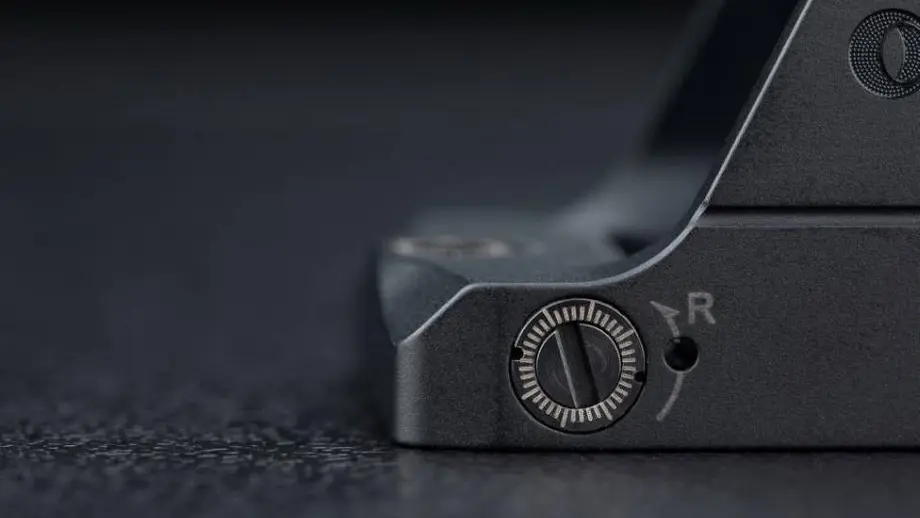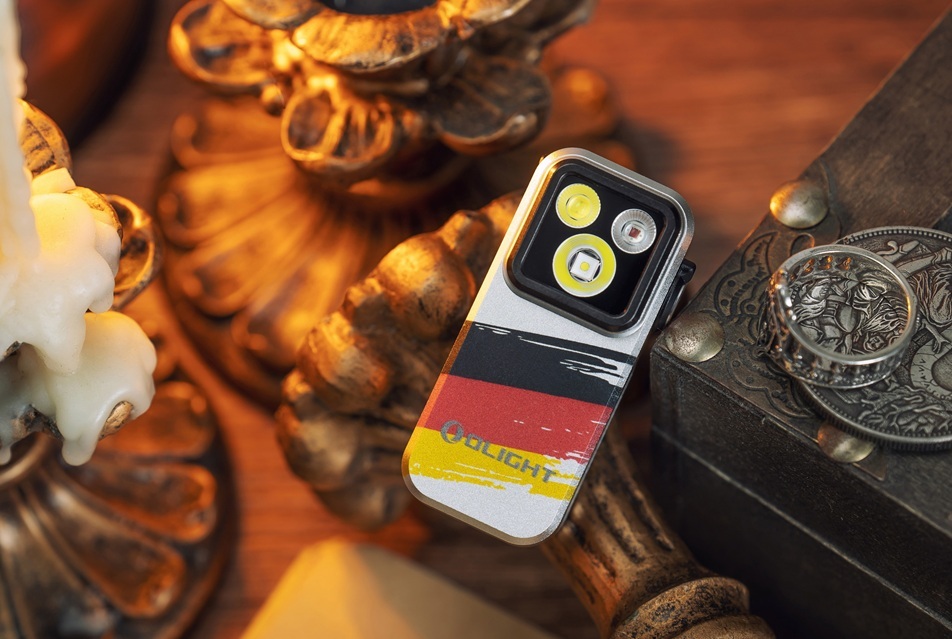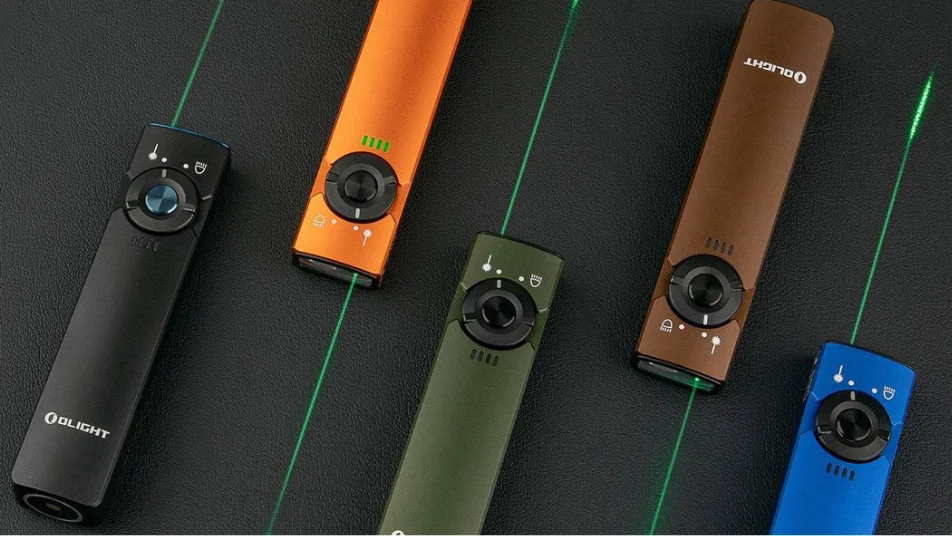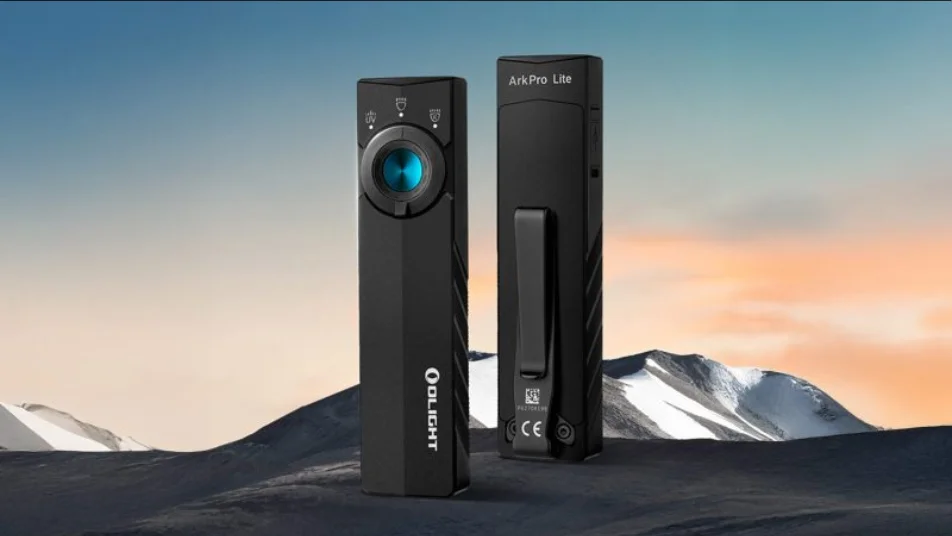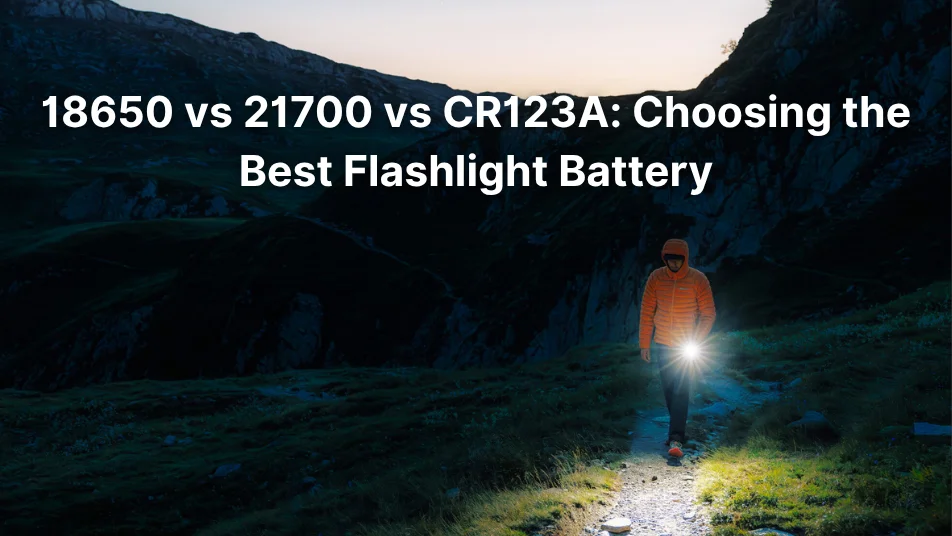When it comes to a handgun optic, it’s essential in ensuring accurate and reliable performance, whether you're using it for target shooting, hunting, or personal defense. This blog explores handgun optic installation, recommended zeroing distances and techniques, including some regular methods in zero setting without shooting. Feel Free to share your experience on zero setting in the comments section. Please contact our Customer Service for a relative consultation if you have any questions about zero issues.
What should be known before you zero an optic?
1.Correct Screw Length: Using screws that are too long can damage the slide or interfere with the slide’s movement. Conversely, screws that are too short won’t secure the sight properly. Make sure to use screws of the correct length provided by the manufacturer.
2.Sufficient Torquing: Over-tightening or under-tightening screws can cause problems. Over-tightening can strip the threads or damage the sight, while under-tightening can lead to the sight coming loose. Use a torque wrench and follow the manufacturer’s recommended torque settings.
Please note that Osight Torque specification: 17 in-lbs per screw. (It's recommended to ensure optimal performance by tightening each screw to a torque of 17 in-lbs as per specifications.)
3.Using Thread Locker: Failing to use thread locker on screws can result in them loosening over time due to recoil.Apply a small amount of blue (medium strength) thread locker to the screws to keep them secure.
What distances are recommended to zero an optic?
Considering ballistics, 10 yards zero is suitable for self-defense, and 25 yards is more suitable for competition. 15 yards is a sweet spot. Please select a suitable distance based on your environment and control the windage or elevation to adjust zero on the Osight (1 MOA per click).
How to zero an optic without shooting?
Using a laser bore sight to aid in zeroing is a regular way. A good laser tool can be beneficial for ensuring initial alignment and making fine adjustments more efficiently. It helps minimize the amount of ammunition required to zero the optic accurately. It's crucial to remember that while the bore sight can bring you near an accurate zero, it's always essential to validate your zero by firing live rounds at a stationary target at a predetermined distance.
Additionally, YouTube is a good place for shooting lover learn more about zero setting. Many experienced shooters and influencers share detailed zeroing processes, tips, and troubleshooting advice. These videos can provide visual guidance and insights into different techniques and tools.
Zeroing a red dot sight is crucial for optimal accuracy. Follow the recommended distances and methods to properly calibrate your sight for your firearm's intended use. While traditional live-fire zeroing is effective, laser bore sighting offers a convenient, ammo-saving alternative to achieve a near-perfect zero. Regardless of the method used, periodic live-fire validation is recommended to maintain precision. With a well-zeroed red dot, you can confidently engage targets with increased speed and accuracy.
Please Share your Experience on Zero Setting at below.👇👇👇

